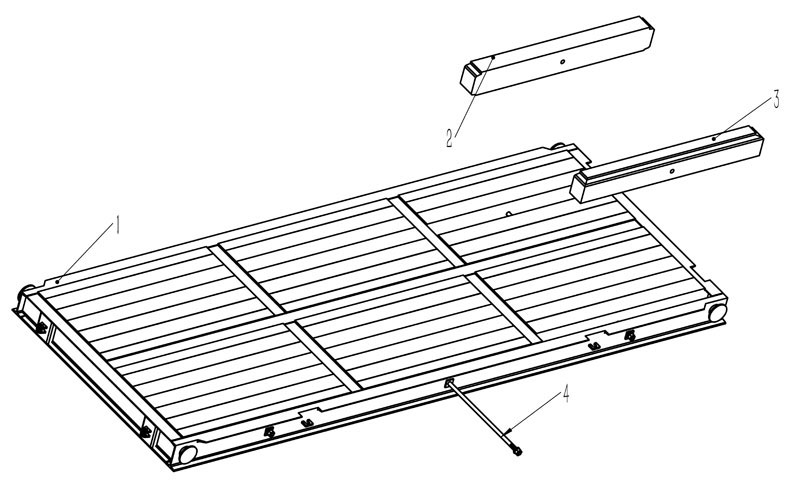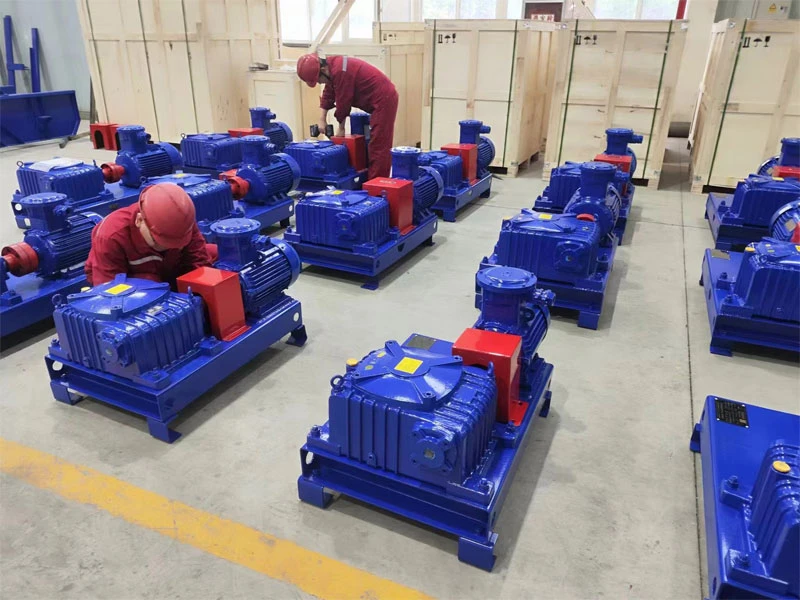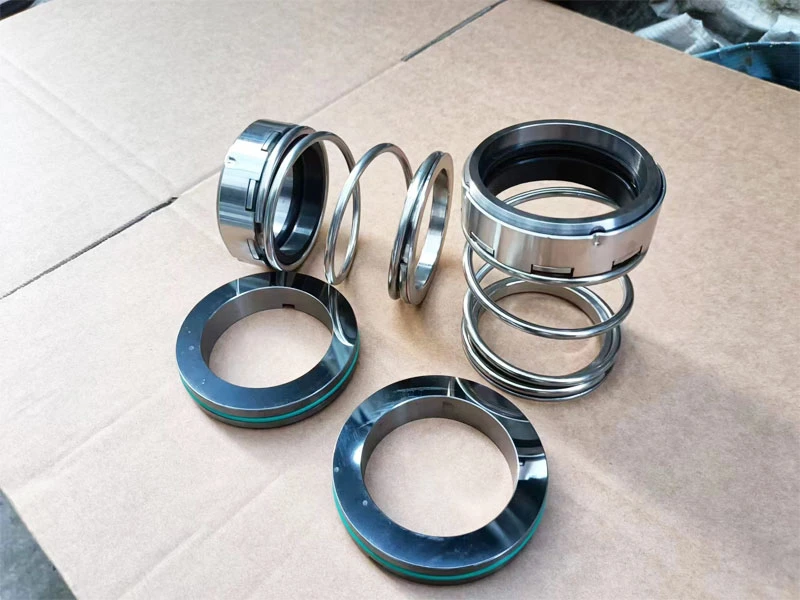A Mission pump is commonly used for drainage, slurry, and sand transport. Its impeller is a key component, directly impacting the pump’s performance and efficiency. Proper impeller removal is crucial for maintaining and repairing sand pumps. The following describes how to remove a Mission pump impeller, enabling operators to properly remove and replace it when necessary.
1. Safety Measures
Before performing any repair or disassembly work on mechanical equipment, ensure that relevant safety regulations are followed. Wear necessary safety equipment, including a helmet, gloves, and goggles, and ensure adequate ventilation in the workplace to prevent accidents caused by the presence of toxic gases.
2. Disconnect the Power Supply and Hydraulic System
Before removing the sand pump impeller, be sure to disconnect the power supply and hydraulic system to prevent injury from accidental startup. If the bomba de areia is electric, disconnect the power supply; if it is hydraulically driven, shut off the hydraulic system.
3. Remove the Inlet and Outlet Pipes
Before removing the impeller, remove the inlet and outlet pipes connected to the sand pump to provide better access to the impeller components. Use appropriate tools to remove the pipe connection bolts, ensuring that the pipes are not damaged.
4. Remove the Impeller Nut
There is usually a retaining nut in the center of the impeller that secures it to the pump shaft. Use a wrench or other suitable tool to loosen the nut counterclockwise. Have an assistant hold the impeller while loosening the nut to prevent it from rotating and causing damage.
5. Remove the Impeller
Once the nut is completely loosened, gently remove the impeller from the pump shaft. If there are any fasteners (such as pins) securing the impeller to the pump shaft, remove them carefully. When removing the impeller, be careful not to use excessive force to avoid damaging the impeller or the pump shaft.
6. Inspect and Clean
The removed impeller requires inspection and cleaning. Inspect the impeller for signs of wear, corrosion, or cracks. If any are present, replace them immediately. Also, clean the inside and outside of the impeller to ensure there are no impurities or deposits. This will extend the life of the impeller.
7. Install a New Impeller
If the impeller needs to be replaced, follow these steps in reverse order to install the new impeller. First, place the impeller on the pump shaft and secure it with the nut. When tightening the nut, ensure that the impeller is aligned with the pump shaft without any misalignment. Then, reinstall the inlet and outlet pipes, ensuring they are securely connected.
8. System Test
After replacing the impeller, reconnect the power supply and hydraulic system. Start the mission pump and observe its operation. Ensure there are no abnormal sounds or vibrations, and that the drainage and conveying performance are normal.
With the above steps, the removal and replacement of the Mission pump impeller is now complete. During this operation, exercise extreme caution, ensure personal safety, and follow relevant operating procedures to avoid equipment damage or personal injury.


